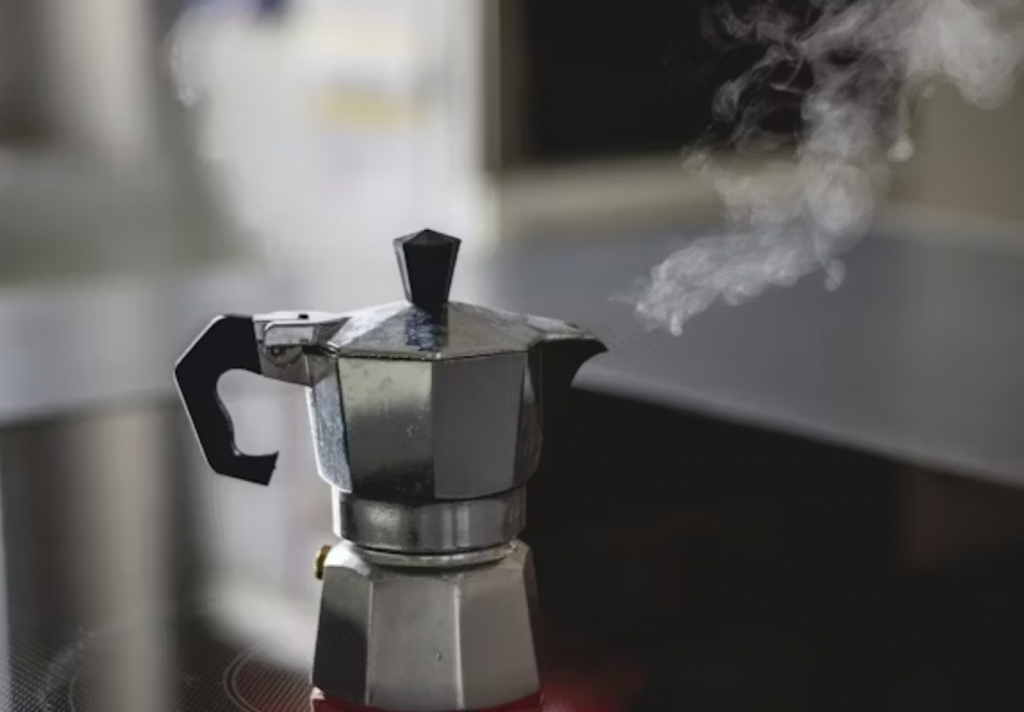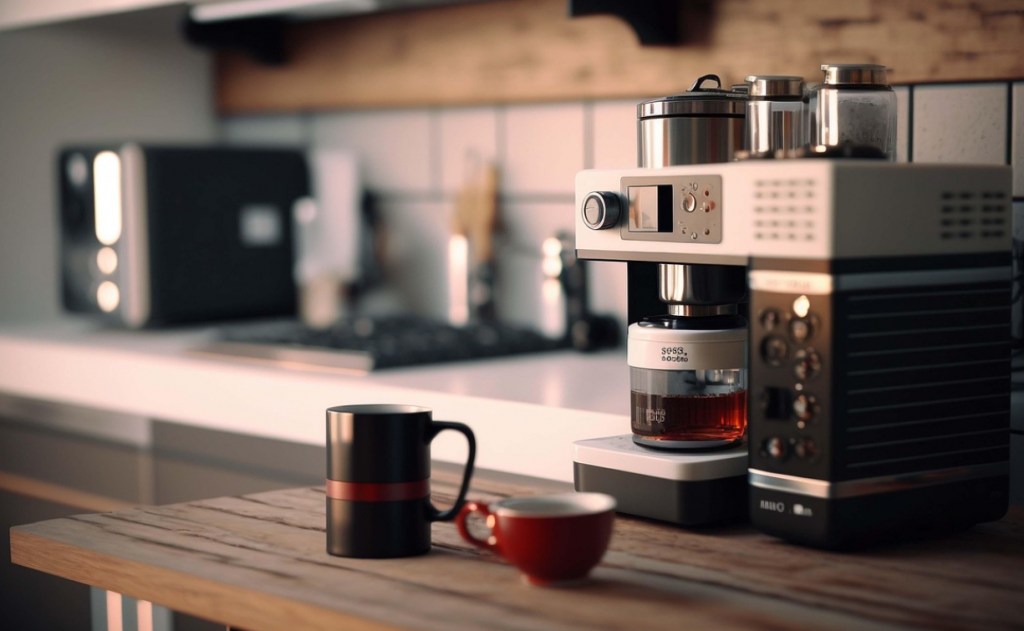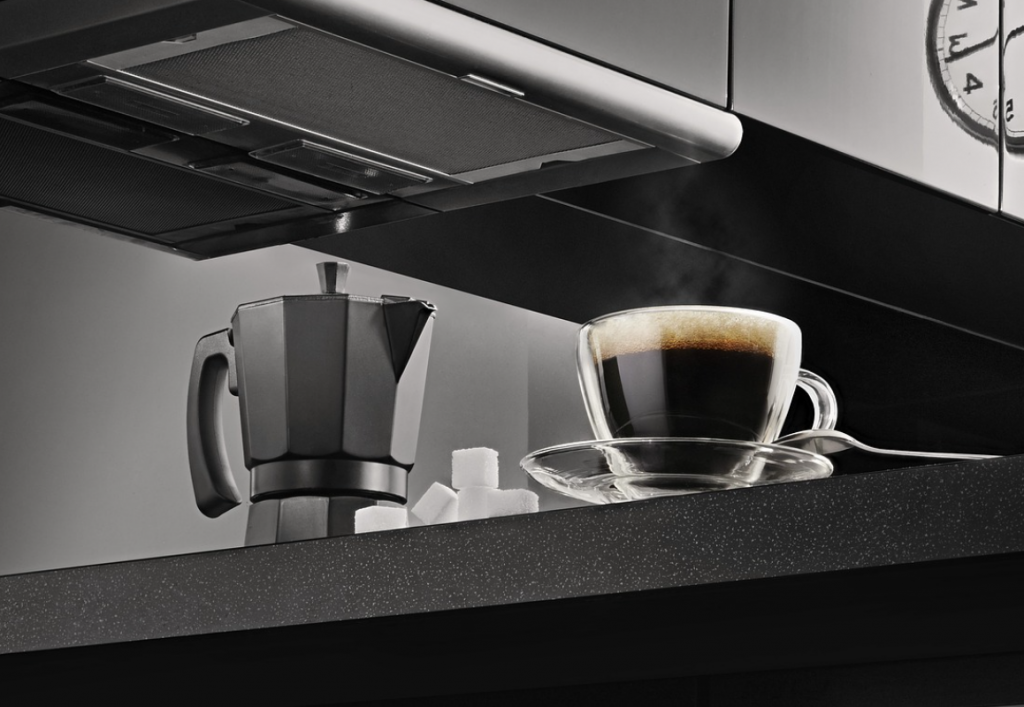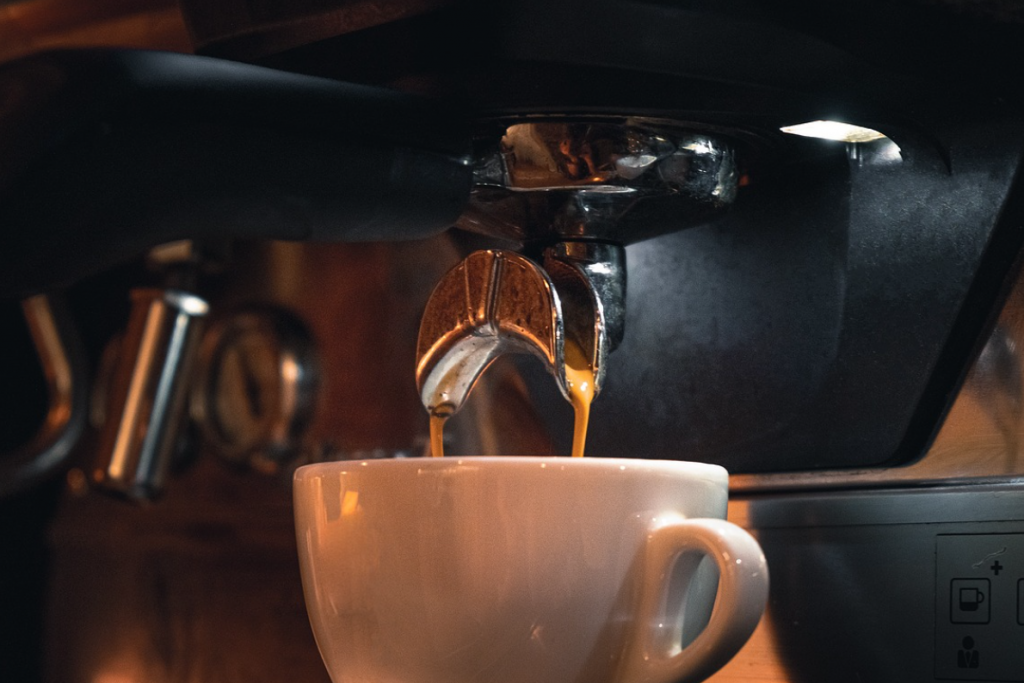H1: The Right Way to Store Your Coffee Maker (Prevents Mold!)
Keeping your coffee maker in tip-top condition isn’t just about cleaning it after every use. If you’re not storing it correctly, mold can form and ruin your beloved coffee machine. Mold doesn’t only impact the taste of your coffee but can also harm your health. So, if you want to extend the life of your coffee maker and keep it functioning properly, it’s essential to know how to store it the right way.
H2: Introduction to Coffee Maker Care
Every coffee enthusiast knows the importance of having a good cup of coffee, but what happens when your coffee maker starts brewing off-tasting coffee? It’s not just the coffee beans or the water—it could be the coffee maker itself. Mold is one of the most common culprits behind this issue. In this guide, we’ll take a deep dive into how you can prevent mold in your coffee maker and why proper storage plays such a crucial role in mold prevention.
H3: Why Proper Storage Matters
Think of your coffee maker as a delicate machine that needs a little extra care, especially when it’s not in use. If you’re storing it in a damp or poorly ventilated place, it’s almost certain that mold will develop. Mold thrives in humid, dark environments, and coffee makers—especially when wet—offer the perfect breeding ground. Proper storage can save you from spending money on a new coffee maker while ensuring your coffee stays fresh and flavorful.
H2: Understanding the Causes of Mold Growth
Before we discuss how to store your coffee maker, it’s important to understand why mold grows in the first place.
H3: What Causes Mold to Grow in Coffee Makers?
Mold thrives in warm, damp, and dark environments. Coffee makers, particularly those that are not thoroughly dried after use, are often left in the kitchen with residual moisture inside. When the machine isn’t cleaned and dried properly, moisture creates a breeding ground for mold to grow. Over time, mold spores multiply, leading to the unpleasant growth that can impact the machine’s performance and taste.
H3: Common Signs of Mold in Coffee Makers
How do you know if your coffee maker has mold? Look out for the following signs:
- Unpleasant Odors: A musty or sour smell when brewing is often a sign of mold.
- Visible Mold: You might notice black or green spots on various parts of the machine.
- Off-Tasting Coffee: If the taste of your coffee changes, mold may be affecting your coffee maker.
H2: Best Practices for Storing Your Coffee Maker
Now that you understand why mold is an issue, let’s explore some of the best practices for storing your coffee maker to prevent mold growth.
H3: Clean It Thoroughly Before Storing
Cleaning your coffee maker should always be your first step. Mold is more likely to grow on food particles, coffee residue, and water deposits. Make sure to clean every part of the coffee maker, from the drip tray to the filter holder. Run a cycle of white vinegar or a commercial coffee maker cleaner through the machine to remove any build-up inside.
H3: Keep It Dry and Well-Ventilated
After cleaning, allow your coffee maker to dry completely before storing it. Make sure it’s in a dry, well-ventilated area where moisture isn’t trapped. Leaving the lid or reservoir open will help air circulate and prevent mold formation.
H3: Disassemble for Complete Cleaning
If your coffee maker has removable parts, disassemble it before storage. This includes taking out the filter, water reservoir, and any other removable components. Wipe them down thoroughly and let them air dry. This ensures that there’s no trapped moisture, which is a common cause of mold growth.
H2: How to Store Different Types of Coffee Makers
Different types of coffee makers require different storage approaches. Let’s break down the best storage techniques for some common coffee machines.
H3: Storing Drip Coffee Makers
Drip coffee makers are the most common and are usually easy to store. After cleaning and drying the machine, simply store it on a countertop or inside a cupboard. Ensure that it is kept in a dry, cool place.
H3: Storing Single-Serve Coffee Makers
Single-serve machines like Keurig are compact and easy to store. If you’re not using it daily, it’s best to empty the water reservoir and store the machine in a dry cabinet. Don’t forget to remove the pod holder and clean it regularly to avoid any mold build-up.
H3: Storing Espresso Machines
Espresso machines tend to be more delicate, and their storage requires more care. Always ensure that the machine is completely dry before storing, and remove any leftover coffee grounds. Store the machine in a dry, cool space and disassemble any removable components for cleaning.

H2: Special Considerations for Coffee Makers with Built-In Grinders
Coffee makers with built-in grinders present a unique challenge when it comes to storage. If you leave grounds inside the grinder, it can create a damp environment that’s perfect for mold growth.
H3: Cleaning the Grinder to Prevent Mold
Be sure to clean the grinder regularly. Remove any leftover grounds, and wipe the inside of the grinder with a dry cloth. Some grinders can be disassembled for a more thorough cleaning, which helps prevent mold and coffee oil build-up.
H2: When to Replace Your Coffee Maker
Sometimes, despite your best efforts, mold can still develop. If your coffee maker starts showing signs of mold that can’t be cleaned, it may be time to replace it.
H3: Recognizing Signs of Damage or Mold
If you see persistent mold spots that won’t go away or if the machine starts to smell, it may be a sign of permanent damage. In some cases, mold can also spread to parts that are difficult to clean, making it unsafe to continue using the coffee maker.

H3: Why Mold Can Affect the Taste of Your Coffee
Mold can drastically alter the flavor of your coffee, often giving it a sour or musty taste. Even if you manage to clean the mold, the taste may never fully return to normal.
H2: Conclusion: Keeping Your Coffee Maker Mold-Free
Preventing mold in your coffee maker is all about proper cleaning, storage, and maintenance. Make sure to clean your coffee maker thoroughly, allow it to dry properly, and store it in a cool, dry place. Whether you have a drip coffee maker, single-serve machine, or espresso maker, following these simple steps will help ensure your coffee stays fresh and your machine stays mold-free.

FAQs
H4: 1. How often should I clean my coffee maker to prevent mold? You should clean your coffee maker every two to three weeks, or more frequently if you use it daily.
H4: 2. Can I store my coffee maker in the kitchen? Yes, as long as it’s stored in a dry, cool area with good ventilation, the kitchen should be fine.
H4: 3. What happens if I don’t clean my coffee maker properly? Failure to clean your coffee maker can lead to mold growth, which not only affects the taste of your coffee but also poses potential health risks.
H4: 4. Is it okay to store my coffee maker with the filter in it? It’s best to remove the filter before storing your coffee maker to ensure it dries properly and doesn’t trap moisture.
H4: 5. How do I know if my coffee maker is too damaged to clean? If you see persistent mold that can’t be cleaned or smell a foul odor after cleaning, it may be time to replace the machine.



